
Fine Homebuilding Project Guides
Windows & Doors
Trusted, comprehensive guidance from the pros for choosing, installing, replacing, and repairing windows and doors on any house
Windows and doors have a big effect on the way a house looks, feels, and functions. But unless they are installed meticulously, they are the most likely places for water to leak. And in terms of energy efficiency, they can be the weakest link in the building envelope—even though windows and exterior doors typically cost more than other components of the house. So it pays to choose windows and doors wisely. In this in-depth guide, we'll first help you make the right choices and then explain how to install new and replacement windows, interior doors, and exterior doors—the right way.
Choose a Chapter
Search Guide-
Choosing Windows
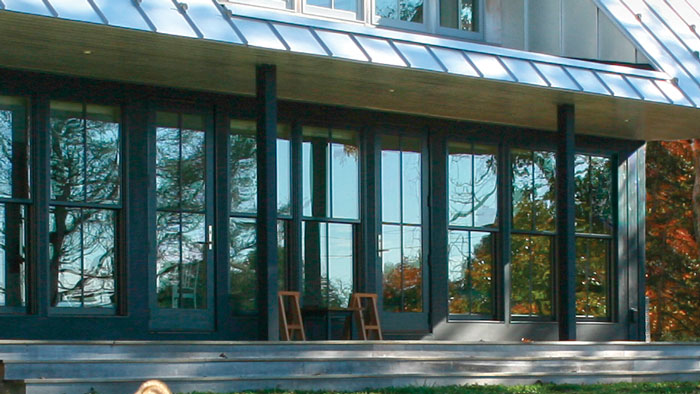
There are more choices for windows today than ever before—not so much in terms of styles of windows (think double-hungs, casements, and sliders) but certainly when it comes to frame materials and window glass. In this opening chapter, we'll consider the pros and cons of different materials from vinyl and aluminum to fiberglass, composites, and wood. We'll also look at the ever-expanding field of energy-efficient, high-performance windows, where the old standard single-pane window has given way to double panes, triple panes, and low-e glass.
-
Installing Windows In New Walls
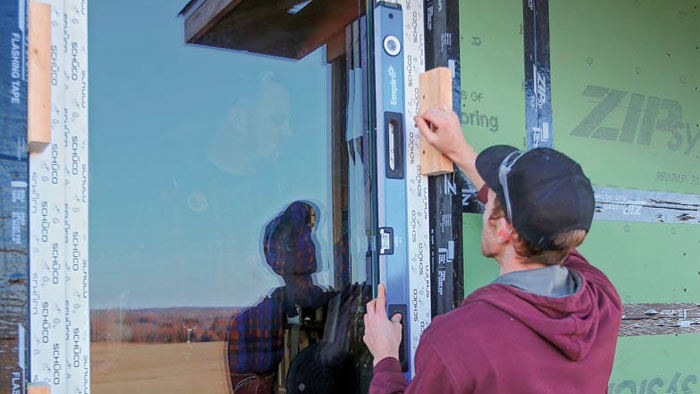
When installing new windows in a new home or addition—or if you have old walls stripped down to the sheathing—you have the perfect opportunity to get the flashing details right for a water-tight and air-tight assembly. In this chapter, we’ll walk you through every step in fitting, fastening, and flashing a new window, whether it’s a standard nail-fin window or a flangeless, European-style high-performance window. Follow these detailed guidelines to ensure that your window installation keeps water out, gives moisture an escape path for when it inevitably leaks, and blocks unwanted air movement.
-
Retrofitting Windows
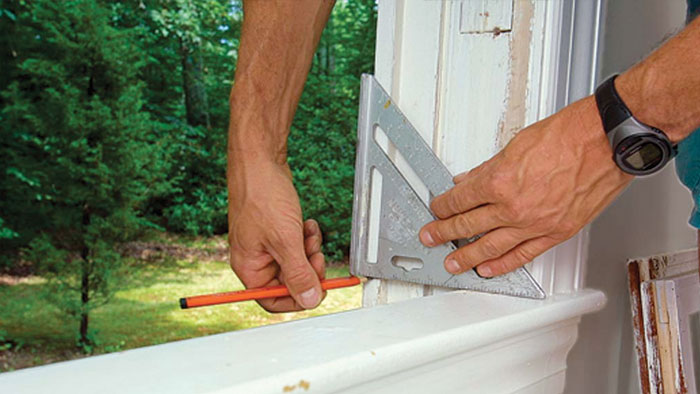
If you need to replace windows in an older home, your options depend on the type of walls you have, how much you want to spend, how easy you want the job to be, and what level of performance improvement you're aiming for. Two basic types of windows will work in existing walls: insert replacement windows, where only the sash and balance system are replaced and the existing window frame and trim are left in place; and full-frame replacements, which involve replacing the entire window, frame and all, plus integrating them into the existing weather barriers and siding. This chapter includes detailed instructions for installing both types.
-
Window Repairs
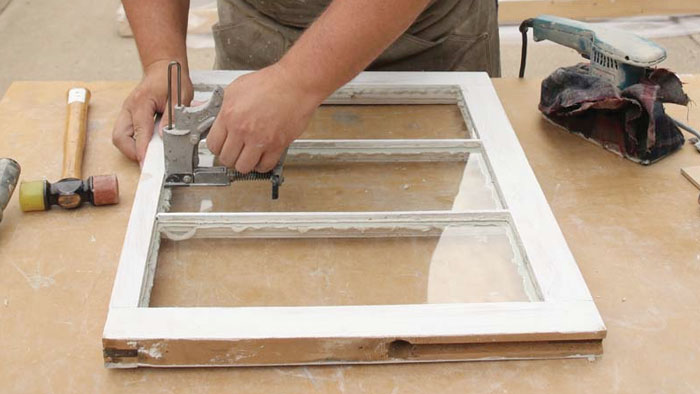
There are two schools of thought when it comes to repairing old windows. On the one side are those who advocate replacing aging single-pane windows with more energy-efficient options. On the other side are those old-house purists who believe that any old window is worth refurbishing (if it’s not too far gone). If you choose to go the repair route and need to replace a new pane of glass or are contemplating a complete window upgrade with new weatherstripping, sash weights, pulleys, and cords, you’ll find all the information you need right here.
-
Door Basics
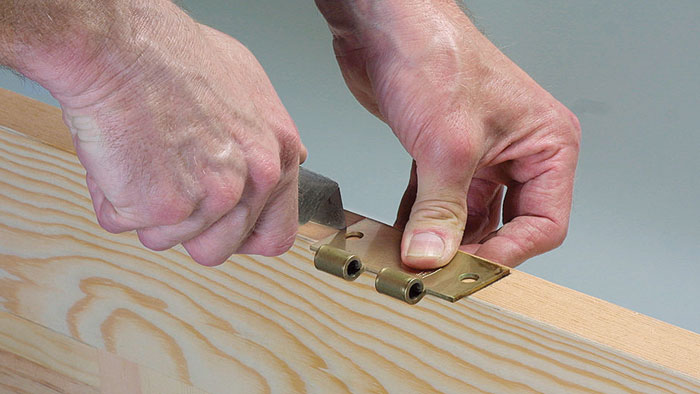
In the second half of this project guide, we turn our attention to interior and exterior doors. But before we get into the specifics of installing both types, this chapter provides some basic, general information on door hanging. We’ll look at the various tools and jigs that can make the job go faster and more smoothly and also explain how to lay out and install door hardware, including hinges, handles, knobs, and locksets. And a final diagnostic section will help you fix a variety of common door problems.
-
Interior Doors

Prehung doors are by far the most common type of interior doors. They come preassembled in a frame with the door hung on hinges to make installation easier, but they can still be tricky to install. The pro door-hangers featured in this chapter know all the inside tips and techniques to make the installation go smoothly, so let them be your guide. You'll also learn how to hang pocket doors, bifolds, and sliding barn doors. And for the more adventurous, the chapter ends with a section on building your own interior doors.
-
Exterior Doors
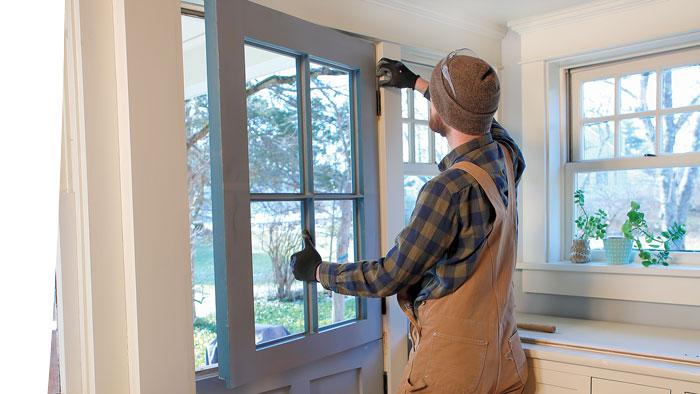
Exterior doors are generally thicker, more expensive, more weather-resistant, and more secure than interior doors. As such, the choice of an entry door is an important one, doubly so as the main exterior door helps to define the character of your home. After a section on door choices and design, the heart of this final chapter focuses on installing (and building) exterior doors, including entry doors, French doors, Dutch doors, and carriage-house doors. You'll also learn how to replace an old entry door, and the chapter ends with some tips on the all-important topic of weatherstripping an exterior door.
- Home Group
- Antique Trader
- Arts & Crafts Homes
- Bank Note Reporter
- Cabin Life
- Cuisine at Home
- Fine Gardening
- Fine Woodworking
- Green Building Advisor
- Garden Gate
- Horticulture
- Keep Craft Alive
- Log Home Living
- Military Trader/Vehicles
- Numismatic News
- Numismaster
- Old Cars Weekly
- Old House Journal
- Period Homes
- Popular Woodworking
- Script
- ShopNotes
- Sports Collectors Digest
- Threads
- Timber Home Living
- Traditional Building
- Woodsmith
- World Coin News
- Writer's Digest




